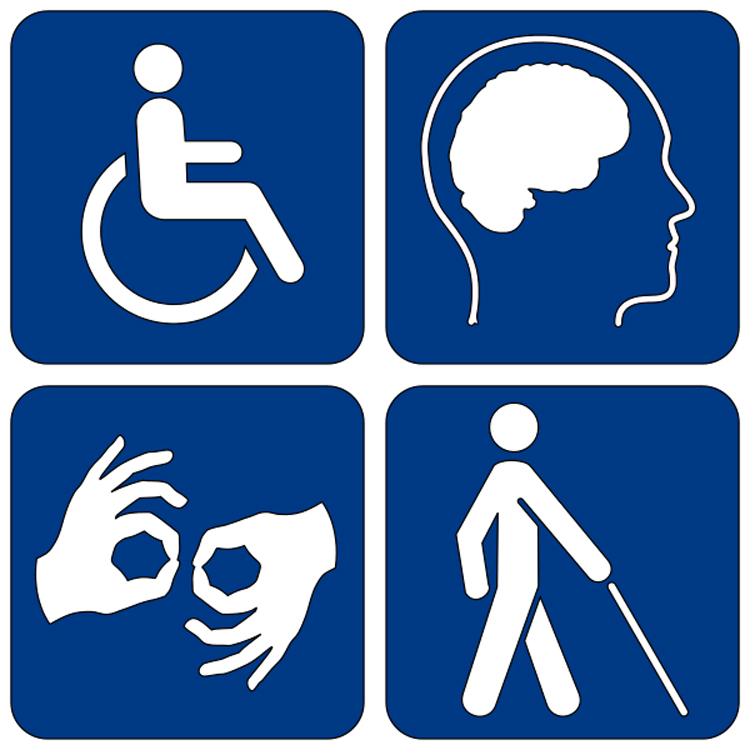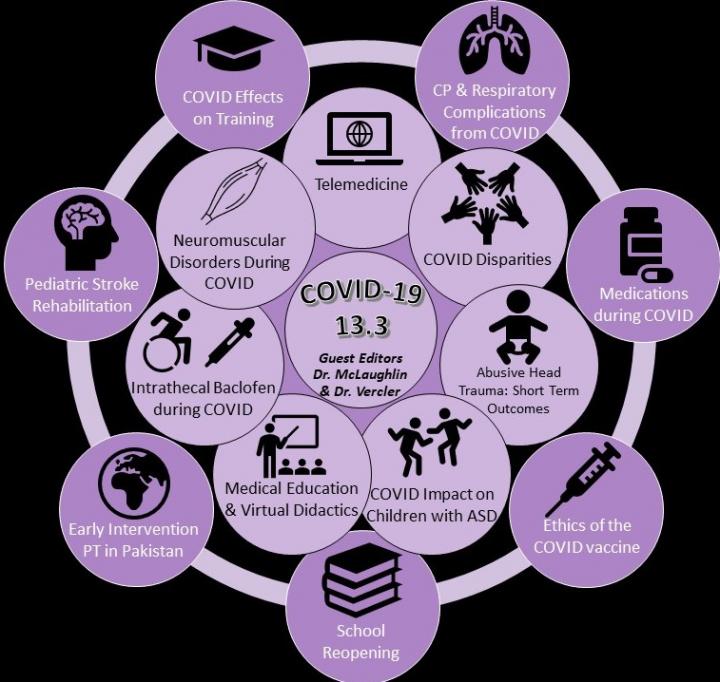According to The Rights of Persons With Disabilities Act, 2016, a person with disability is defined as “a person with long term physical, mental, intellectual or sensory impairment which, in interaction with barriers, hinders his full and effective participation in society equally with others”. Out of the 70 million people in India who identify as persons with disabilities, only 2% complete formal high school education, and the small portion that does manage to successfully get gainfully employed approximates to only 1 percent. Despite such troubling statistics, the problems of people with disabilities in India continue to get perpetually side-lined.

When it specifically comes to education, only 8.5% of Children with Disabilities (CWD) have completed formal schooling in India. Even though there are formal mechanisms in place like federal legislations (Rights of Persons with Disabilities Act, 2016 (RPWD), Right to Education Act 2009 (RTE), National Trust Act, 1999) and commitment to international treaties regarding inclusive education, India still faces some serious loopholes in its inclusive education system and has time and again failed to address and fix the same.
When India initially faced the challenges brought by the pandemic, the agenda of education wasn’t on the priority list. After the problems regarding healthcare and food were somewhat solved, the humongous problem of education came into focus and we transitioned into an online mode. This transition was highly contingent on socio-economic and health conditions and privileged people with resources and people without disabilities. Therefore a major population of India lost their Right to Education overnight with no official system of inclusivity in place or an action plan to fix the loopholes in the already implemented mode of learning.
Prior to COVID-19, students with disabilities already faced various problems, and while the shift to an online education system did bring in some novel challenges, it mostly exposed and accentuated the already existing vulnerabilities in the system. Disability activists across India have been fighting for greater accessibility on various fronts like teaching systems in place, examination methodology, inclusive school infrastructures, inclusive access to administrative services and learning materials. Not only did all of these problems find a place in the online education system but they were relatively even more problematic and stress-inducing.

Students with disabilities faced problems starting from the very interface commonly used for online education. The applications like Zoom and Google Meet that institutions and schools use for conducting classes aren’t inclusive and only aim to cater to a neurotypical audience. For students with visual and auditory disabilities, adequate accommodations like a screen reader or adaptive computer controls weren’t provided. There was a serious lack of faculty focused on special learning even prior to the pandemic and the ability of these instructors to communicate with their students got even more limited due to the online mode of education. All of this led to a major fall in the quality as well as the quantity of learning that children with disabilities received on a regular basis.
Another sphere of problems that students with disabilities faced was related to a sudden shift from their usual routines. People with mental and physical disabilities are more often than not heavily dependent on a fixed schedule or routine. The pandemic-induced lockdown forced people to be confined to their homes thus disrupting their schedules and affecting them adversely. A huge part of these schedules were the therapeutic interventions and specialised therapies that students with disabilities received at their institutions or daycare centres, which formed a significant part of their learning and massively helped them in coping with their education. These interventions were either completely unavailable in the online mode or took an extremely long time to adapt themselves to the online mode, and even after, the quality of those therapies significantly deteriorated. A drop in academic and educational performance of students with disabilities can also be attributed to the absence of these mechanisms that could have helped them navigate and cope.
Swabhiman, a community based organisation that works for the rights of people with disabilities, conducted a survey in 2020 to assess the reality of education for children with disabilities during the pandemic. It was discovered that 43.52% students were planning to drop out due to their inability to cope with pending school work and their inability to access distance learning methods. A Delhi based magazine Down to Earth published various testimonials of kids and their families who were struggling to stay abreast with the rapid changes they were shoved into due to the pandemic. Varsha, a 14 year old girl diagnosed with a developmental disorder had to entirely depend on her class 10 sister for studies. Her mother emphasised how she is only able to do the assigned work and was much happier during physical school.
In the same article, Ambika Subramanian head of Vidyaniketan Academy talked about how conducting classes for students with autism and behavioural disorders is a challenge. She notes- “Virtual classes for children with autism and other behavioural disorders are still a challenge. The child at times just leaves the class. Some of them hate colours and are hypersensitive to sound. They don’t like if music is played,”
Interestingly, a few students with disabilities who mostly faced attention and emotion-related issues found the online mode of learning hugely helpful. They were able to work on themselves more, experienced an increase in focus, and felt much more confident and safer in the absence of a classroom environment with their peers.
Although government institutions like the Ministry of Education, Ministry of Social Justice and Empowerment, and NCERT, issued guidelines, study materials, and teacher training manuals to promote a more inclusive system of online education, they were mostly advisory in nature and didn’t bring about any major impact.

Another interesting and relatively unexplored vertical is the gendered impact of the pandemic on students with disabilities. Being a part of an already oppressed group within a marginalised community can prove to be a nightmare, especially for children who are still in their developmental stages. The intensity of vulnerabilities is relatively more in women.
Equal digital access to people with disabilities is mandated through National Policy on Universal Electronic Accessibility (2013) and The Rights of Persons with Disabilities Act (2016), and such a huge population of India is being deprived of their basic rights despite legal measures in place.
It is high time India starts investing in inclusive online education spaces and all the various resources that will supplement it, such as special learning instructors, inclusive study materials, digital accommodative devices. These resources have a huge need in not just online spaces but physical as well and can elevate and unleash the potential of students with disabilities by leaps and bounds.
Ananya is studying Philosophy with a minor in Political Science at Lady Shri Ram College for Women. She is passionate about Public Policy and International Development and enjoys indulging in good food and books in her leisure time.


I believe this website has got some really wonderful information for everyone : D.
Have you ever thought about publishing an e-book or guest authoring on other blogs? I have a blog centered on the same subjects you discuss and would really like to have you share some stories/information. I know my readers would appreciate your work. If you are even remotely interested, feel free to send me an e-mail.
Very interesting topic, thanks for posting.
I was just searching for this information for a while. After 6 hours of continuous Googleing, finally I got it in your website. I wonder what’s the lack of Google strategy that don’t rank this kind of informative sites in top of the list. Generally the top websites are full of garbage.
I will right away grab your rss feed as I can’t in finding your email subscription hyperlink or e-newsletter service. Do you’ve any? Kindly allow me realize in order that I could subscribe. Thanks.
I think other site proprietors should take this website as an model, very clean and excellent user friendly style and design, let alone the content. You are an expert in this topic!